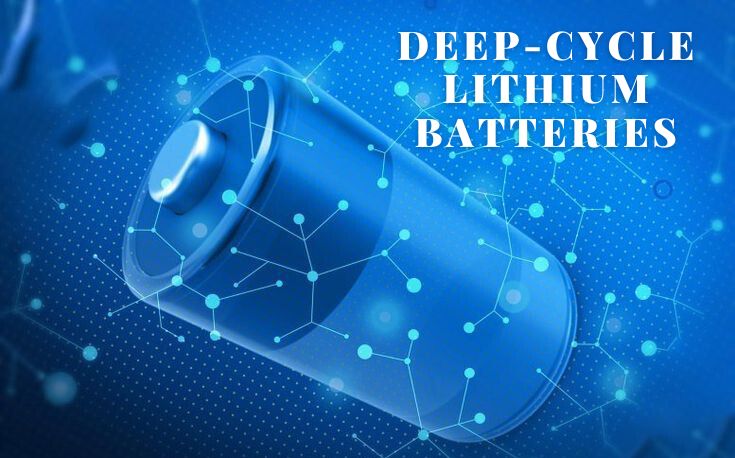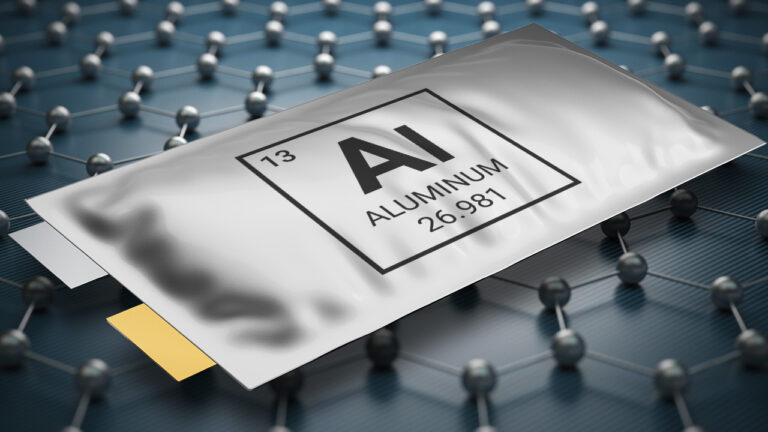Deep Cycle Lithium-Ion Battery Chargers
Contents
- 1 Deep Cycle Lithium-Ion Battery Chargers
- 1.1 Understanding Deep Cycle Lithium-Ion Batteries
- 1.2 Importance of a Dedicated Charger for Deep Cycle Lithium-Ion Batteries
- 1.3 Voltage and Amperage of Deep Cycle Lithium-Ion Battery
- 1.4 Balancing and Battery Management System (BMS)
- 1.5 Charging Stages of Deep Cycle Lithium-Ion Batteries
- 1.6 Temperature Consideration in Charging of Deep Cycle Lithium-Ion Batteries
- 1.7 Parallel Vs. Series Charging of Deep Cycle Lithium-Ion Batteries
- 1.8 Portable Chargers for Deep Cycle Lithium-Ion Batteries
- 1.9 Smart Charging Features of Deep Cycle Lithium-Ion Battery Chargers
- 1.10 Maintenance Tips for Deep Cycle Lithium-Ion Battery Chargers
- 2 Conclusion
- 3 FAQ
- 3.1 Q1. What makes deep cycle lithium-ion battery chargers different from regular chargers?
- 3.2 Q2. Can I use any charger for my deep cycle lithium-ion battery, or is it essential to use a dedicated charger?
- 3.3 Q3. Are there any safety considerations when using deep-cycle lithium-ion battery chargers?
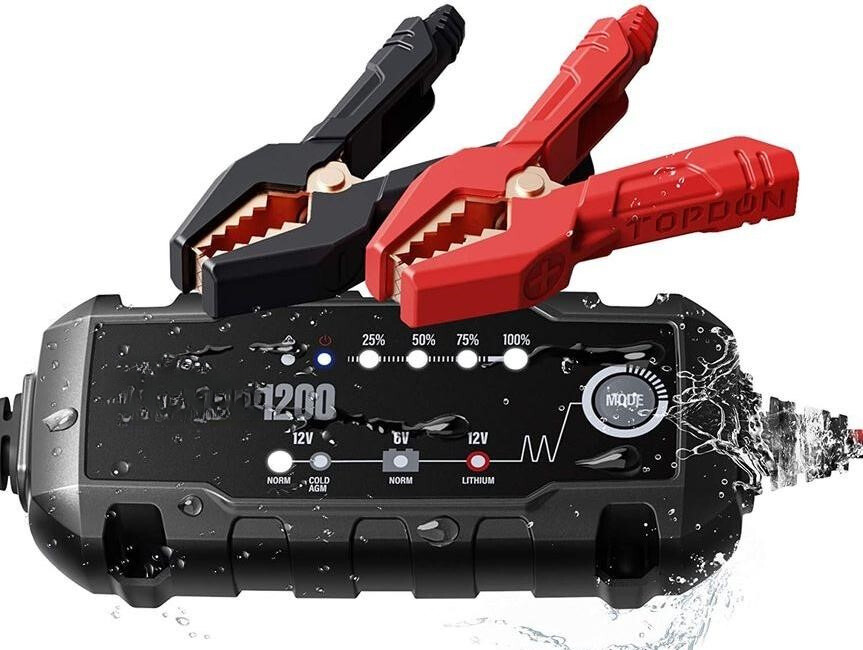
Welcome to Deep Cycle Lithium-Ion Battery Chargers, where cutting-edge technology meets the ever-growing demand for efficient and sustainable energy storage. These chargers are the vital link between power sources and advanced lithium-ion batteries designed for deep discharges. From understanding voltage intricacies to exploring innovative charging features, this guide unveils the essentials for harnessing the full potential of your energy storage system. Join us as we delve into the nuances of charging stages, temperature considerations, and the crucial role of balancing and Battery Management Systems. Empower your knowledge to make informed choices for a reliable and eco-friendly energy future.
Understanding Deep Cycle Lithium-Ion Batteries
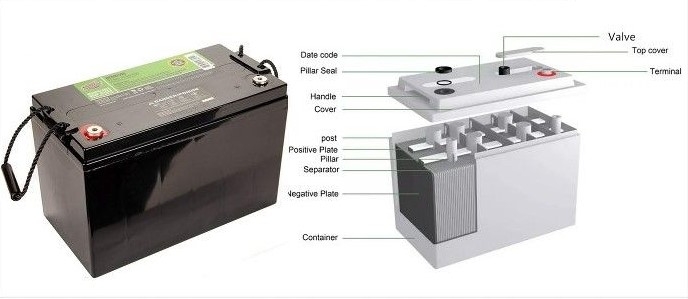
Understanding deep-cycle lithium-ion batteries is crucial in unlocking their advanced energy storage capabilities. These batteries, featuring lithium cobalt oxide, manganese oxide, or nickel-cobalt-manganese chemistry, excel in applications requiring frequent and deep discharges, such as solar power systems and electric vehicles. Their high energy density, lightweight design, and longer lifespan make them a preferred choice for reliable, sustainable power. Deep-cycle lithium-ion batteries boast efficient charge and discharge cycles, providing consistent energy for off-grid living, marine applications, and renewable energy solutions. By grasping the intricacies of their chemistry and performance characteristics, users can harness the full potential of these cutting-edge batteries.
Importance of a Dedicated Charger for Deep Cycle Lithium-Ion Batteries
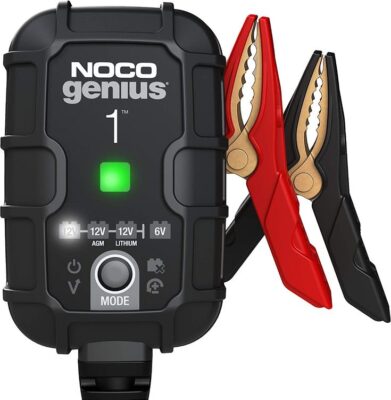
The importance of a dedicated charger for lithium-ion batteries cannot be overstated. These batteries demand precise voltage and current control during charging to optimize performance and ensure safety. A dedicated charger is specifically designed to meet the unique requirements of lithium-ion batteries, preventing overcharging or undercharging that can compromise their lifespan and efficiency. Advanced features like Battery Management Systems (BMS) in dedicated chargers enhance safety by balancing cell voltages and protecting against potential issues. Choosing a charger tailored to lithium-ion batteries is a proactive step toward maximizing their longevity, reliability, and overall performance in various applications.
Voltage and Amperage of Deep Cycle Lithium-Ion Battery
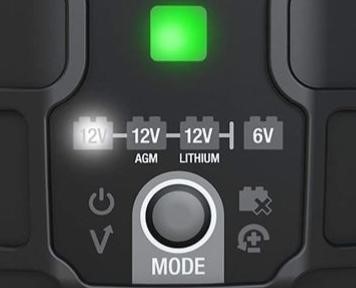
Deep-cycle lithium-ion batteries require careful consideration of voltage and amperage for optimal performance. These batteries typically operate within a specific voltage range, commonly 3.2 to 3.7 volts per cell, and using a charger within this range is crucial to prevent damage. Amperage, representing the charging or discharging current, should align with the battery’s specifications. Deep cycle batteries often have higher capacities, so choosing a charger with an appropriate amperage ensures efficient charging without causing stress on the battery. Striking the right balance between voltage and amperage is essential for extending the lifespan and maintaining the reliability of deep-cycle lithium-ion batteries.
Balancing and Battery Management System (BMS)

Balancing and Battery Management Systems (BMS) play pivotal roles in enhancing the longevity and safety of deep-cycle lithium-ion batteries. Balancing ensures that individual cells within the battery maintain uniform charge levels, preventing overcharging or undercharging and promoting overall battery health. The Battery Management System is a guardian, monitoring and managing voltage, temperature, and current. It prevents over-discharge overcharge, and safeguards against potential issues, enhancing the safety and reliability of the deep-cycle lithium-ion battery. Incorporating a robust BMS in conjunction with balancing mechanisms is essential for maximizing the performance and lifespan of these advanced energy storage solutions.
Charging Stages of Deep Cycle Lithium-Ion Batteries

Charging deep-cycle lithium-ion batteries involves distinct stages crucial for optimal performance. The initial “Bulk” stage rapidly charges the battery to a certain level. Transitioning to the “Absorption” phase, the charger maintains a steady voltage to ensure complete charging. The “Float” stage follows, providing a lower voltage to sustain the battery without overcharging. Deep-cycle lithium-ion batteries benefit from a comprehensive charging cycle, preventing capacity loss and promoting longevity. Understanding and adhering to these stages ensures efficient energy storage, making deep-cycle lithium-ion batteries reliable for applications demanding sustained and dependable power.
Temperature Consideration in Charging of Deep Cycle Lithium-Ion Batteries

Temperature is a critical factor in the charging process of deep-cycle lithium-ion batteries. Extreme temperatures can adversely impact battery performance and lifespan. Charging in high temperatures may lead to overheating, while cold temperatures can reduce the efficiency of the charging process. Selecting a charger with temperature-sensing capabilities helps mitigate these issues by adjusting the charging parameters accordingly. It’s essential to charge deep-cycle lithium-ion batteries within recommended temperature ranges to ensure optimal efficiency and safety. By considering temperature during charging, users can enhance the reliability and longevity of their batteries, especially in diverse environmental conditions.
Parallel Vs. Series Charging of Deep Cycle Lithium-Ion Batteries

Choosing between parallel and series charging configurations for deep-cycle lithium-ion batteries involves trade-offs. Parallel charging increases capacity by connecting multiple batteries side by side, which is beneficial for higher energy demands. Series charging, on the other hand, connects batteries end-to-end, increasing voltage for applications requiring higher power. While parallel setups enhance capacity, series configurations boost voltage. Selecting between them depends on specific energy requirements. Users must carefully consider their needs to determine whether prioritizing capacity or voltage aligns better with their application. Both configurations have merits, offering flexibility in designing energy storage systems based on individual power demands.
Portable Chargers for Deep Cycle Lithium-Ion Batteries
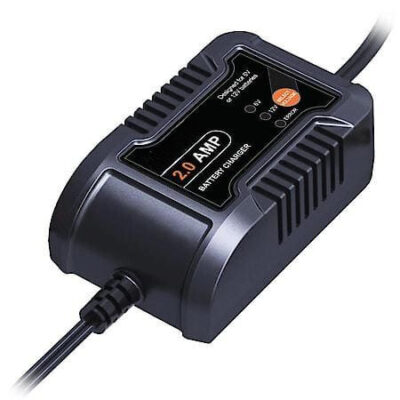
Portable chargers for deep-cycle lithium-ion batteries provide unparalleled convenience for on-the-go power needs. Compact and lightweight, these chargers are ideal for outdoor enthusiasts, RV owners, and anyone requiring a reliable power source while traveling. Equipped with intelligent features, such as USB ports and compatibility with various devices, portable chargers make it easy to stay connected in remote locations. Their versatility and ease of use make them indispensable for camping, hiking, or emergencies. With the ability to recharge deep-cycle lithium-ion batteries on the move, portable chargers empower users to harness sustainable energy wherever their adventures take them.
Smart Charging Features of Deep Cycle Lithium-Ion Battery Chargers
Modern deep-cycle lithium-ion battery chargers have intelligent charging features, revolutionizing the charging experience. These smart chargers often incorporate microprocessor technology to monitor and optimize charging. Innovative charging features include capacity detection, temperature regulation, and voltage control, preventing overcharging or undercharging. Some chargers even offer connectivity options, allowing users to monitor and control the charging process remotely through mobile apps. These advancements enhance the efficiency, safety, and overall performance of deep-cycle lithium-ion batteries, providing users with a sophisticated and user-friendly charging solution for their energy storage needs.
Maintenance Tips for Deep Cycle Lithium-Ion Battery Chargers
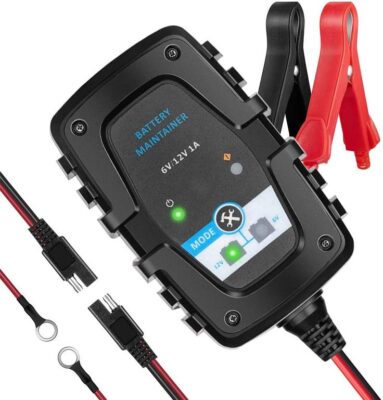
Ensuring the longevity and optimal performance of a deep-cycle lithium-ion battery charger involves simple yet essential maintenance practices. Regularly inspect the charger for any physical damage and ensure proper ventilation. Keep connectors clean and free from debris to maintain efficient electrical connections. Periodically check and update firmware if applicable. Store the charger in a cool, dry place when not in use to prevent environmental damage. Following manufacturer-recommended guidelines for maintenance and usage, such as avoiding extreme temperatures, significantly prolongs the lifespan and reliability of the deep-cycle lithium-ion battery charger.
Conclusion
In conclusion, deep-cycle lithium-ion battery chargers are the linchpin for maximizing the efficiency and longevity of advanced energy storage solutions. Understanding the nuances of voltage, amperage, and the significance of features like balancing and Battery Management Systems (BMS) ensures optimal performance. The charging stages, temperature considerations, and the choice between parallel and series configurations add depth to the charging process. With the advent of portable chargers and intelligent charging features, users gain unprecedented convenience and control. By embracing maintenance practices, users can safeguard their investment, ensuring deep-cycle lithium-ion batteries and chargers deliver reliable, sustainable power for a prolonged and dependable service life.
FAQ
Q1. What makes deep cycle lithium-ion battery chargers different from regular chargers?
Deep cycle lithium-ion battery chargers are specifically designed to cater to the unique characteristics of lithium-ion batteries used in deep-cycle applications. These chargers incorporate features like precise voltage and current control, balancing mechanisms, and compatibility with the profound discharging nature of these batteries. Regular chargers may not provide the specifications and features required for optimal charging and long-term performance of deep-cycle lithium-ion batteries.
Q2. Can I use any charger for my deep cycle lithium-ion battery, or is it essential to use a dedicated charger?
While some chargers may work to some extent, using a dedicated charger for deep-cycle lithium-ion batteries is highly recommended. Reliable chargers are designed to meet these batteries’ specific voltage and current requirements, preventing overcharging or undercharging that can impact performance and lifespan. Including features like Battery Management Systems (BMS) and balancing ensures safe and efficient charging, making a dedicated charger the optimal choice.
Q3. Are there any safety considerations when using deep-cycle lithium-ion battery chargers?
Yes, safety is paramount. Always follow the manufacturer’s guidelines and specifications for the charger and battery. Avoid overcharging or discharging beyond recommended levels, as this can compromise the battery’s safety. Additionally, consider temperature considerations, as extreme temperatures can affect the charging process and battery health. Using chargers with built-in safety features, such as overcharge protection and temperature regulation, adds an extra layer of protection. Regularly inspect the charger and battery for any signs of damage and adhere to proper maintenance practices.





